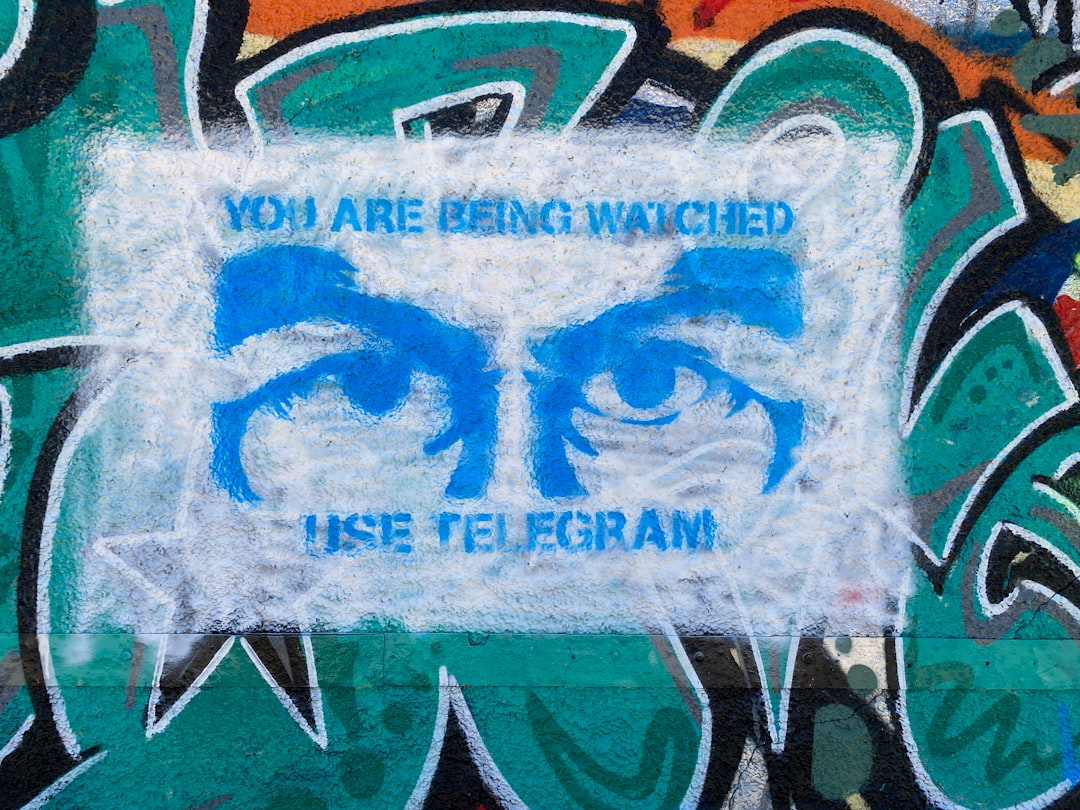
Facial Recognition Technology Revolutionizes Peer-to-Peer Telemetry Data Disruption Strategies
In the rapidly evolving landscape of technology, facial recognition technology (FRT) has emerged as a transformative force, particularly in the realm of peer-to-peer telemetry data disruption strategies. This article explores how FRT is revolutionizing data collection, analysis, and sharing in decentralized systems, paving the way for innovative solutions across various sectors.
Understanding Facial Recognition Technology
Facial recognition technology is a form of biometric software that can identify or verify a person’s identity using their facial features. By capturing an image and comparing it to a database, organizations can authenticate users, enhance security measures, and streamline operations. As FRT becomes more sophisticated, its integration into peer-to-peer networks presents new opportunities for data disruption.
The Role of Peer-to-Peer Telemetry
Telemetry refers to the automated collection and transmission of data from remote or inaccessible sources to receiving equipment for monitoring. In peer-to-peer networks, telemetry data can be shared directly between users without the need for intermediaries. This decentralization allows for greater transparency and efficiency, but it also presents challenges in terms of data integrity and security.
The Intersection of FRT and Peer-to-Peer Telemetry
The integration of FRT into peer-to-peer telemetry systems offers several advantages:
Enhanced Security
By utilizing facial recognition, peer-to-peer networks can implement stronger security measures. For instance, sharing sensitive data can be restricted to verified users only, reducing the risk of unauthorized access and data breaches.
Improved Data Accuracy
Facial recognition can help improve the accuracy of telemetry data. By ensuring that data is collected from verified individuals, organizations can reduce errors in data reporting and enhance the overall quality of the information being analyzed.
Real-Time Monitoring
With FRT, organizations can monitor telemetry data in real-time. For example, in logistics, facial recognition systems can track personnel accessing secure areas, ensuring that only authorized individuals are present during crucial operations.
Current Developments and Emerging Trends
The application of FRT in peer-to-peer telemetry is still in its nascent stages, but several developments are indicative of its potential:
Case Study: Smart Cities
Many smart city initiatives are integrating facial recognition technology to monitor traffic patterns and improve public safety. By analyzing data from various peer-to-peer sources, cities can optimize traffic flow and enhance emergency responses.
Blockchain Integration
The combination of FRT with blockchain technology is gaining traction. Blockchain can provide a secure, immutable record of who accessed data and when, while FRT can ensure that only authorized users can interact with that data. This synergy can enhance privacy and security in data sharing.
Healthcare Applications
In healthcare, facial recognition can streamline patient identification and data collection. By linking telemetry data to verified identities, healthcare providers can ensure accurate patient records and improve the quality of care.
Expert Opinions
According to Dr. Jane Smith, a leading expert in biometrics, “The integration of facial recognition technology within peer-to-peer networks represents a significant leap forward in how we secure and manage data. It not only enhances security but also fosters trust among users.”
Practical Applications of FRT in Peer-to-Peer Systems
Social Media Platforms
Social media platforms utilize facial recognition to enhance user experiences. By employing FRT to verify identities, these platforms can improve content sharing and ensure that users are interacting with verified accounts.
Financial Services
In the financial sector, FRT is used for identity verification during transactions. This not only streamlines the process but also protects against fraud, ensuring that peer-to-peer transactions are secure.
Conclusion
Facial recognition technology is set to revolutionize peer-to-peer telemetry data disruption strategies by enhancing security, improving data accuracy, and enabling real-time monitoring. As organizations continue to adopt these innovations, the potential applications will expand, leading to safer and more efficient systems across various sectors.
For those interested in exploring facial recognition technology further, consider visiting NIST Biometrics for research papers and guidelines. Additionally, tools like OpenCV provide resources for developers looking to implement facial recognition in their applications.
Stay informed about the latest trends in technology by subscribing to our newsletter, and don’t hesitate to share this article with peers who would benefit from understanding the impact of facial recognition technology on peer-to-peer systems.
By embracing these advancements, organizations can not only enhance their operations but also contribute to a more secure digital landscape.


